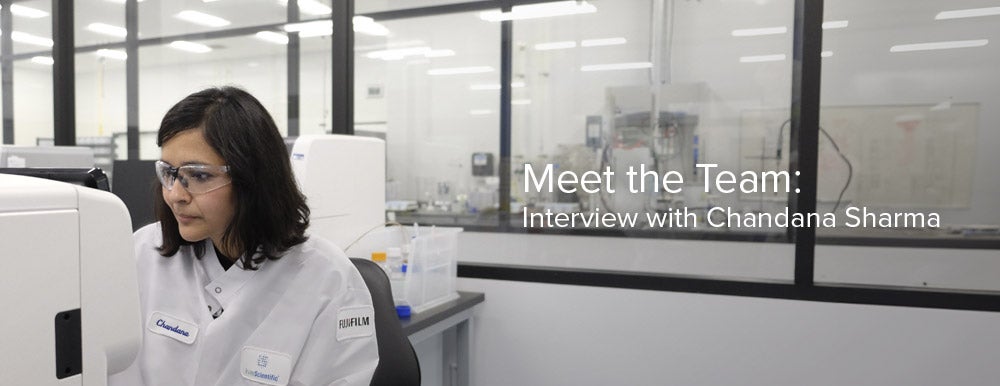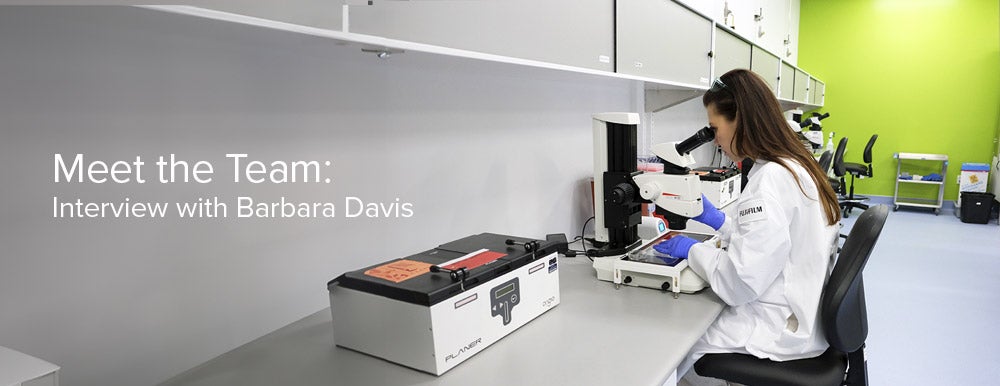We use cookies to make your experience better. To comply with the new e-Privacy directive, we need to ask for your consent to set the cookies. Learn more.
The Viral Appeal of Insect Cell Culture

Benefits, bottlenecks, and bioproduction
Reliable. Able to support Baculovirus Expression Vector Systems (BEVS) and viral vector production. Capable of synthesizing large quantities of recombinant protein for gene therapies. Insect cells are fast becoming the choice for bioproduction models due to their promising capabilities in production. While the insect cell production system delivers many benefits, the variables among formulations of the cell culture media are what ultimately affect cell titer and productivity, viability, and lot-to-lot consistency. Knowing which insect cell culture medium to use, while reducing associated pitfalls and bottlenecks, is the key to helping manufacturers achieve optimal results.
Consistency is key
The production of therapeutic biomolecules requires consistency to ensure each lot delivers expected results, and when it comes to insect cell culture media, the requirements are no different. In particular, insect cell production platforms have gained appeal as they provide vigorous cell growth in suspension cultures, supporting BEVS for recombinant protein and viral vector production. For all the opportunity an insect platform provides, however, there is still the potential for a drop in product quantity after a varied amount of days—a concern for manufacturers looking to scale-up. Such a drop-off of batch cultures due to nutrient depletion can occur regardless of the medium used, with some formulations performing better than others. It is at this juncture that a long-term culture can be realized by developing a balanced medium formulation to ensure a happy state of cells for growth and titer, enabling manufacturers to obtain the best product possible.
What is the buzz about chemically-defined insect media?
Chemically-defined media (CDM) is considered the gold standard of bioproduction for mammalian cultures such as CHO, HEK293, and others. The bioproduction industry is quickly learning, however, that the assumptions around media standards for insect cell culture media may differ from mammalian systems.
While offering the promise of consistency between lots, selecting CDM may include two inherent caveats. Insect cultures require a hydrolysate source within their medium to ensure stable growth and robust production. Finding a chemically-defined (CD) alternative protein source to hydrolysates is very challenging due to the nature of the product itself. When this is achieved, cells must be specifically adapted to CD conditions. While this can be done in-house, it is costly in time and effort, as the system is developed before scale-up. Even with this effort, cells may still fail to adapt and require the purchase of those cells that have been pre-optimized for the CDM—also a costly option, with considerations for adopting and validating this CD system.
This has led the bioproduction industry to continue using widely accepted animal-derived (AD) media, or a medium with moderate to high levels of a rich hydrolysate source as the “gold standard” for insect cultures.
Animal component-free (ACF) media is an enticing step above AD media used in insect cultures as it allows for more flexibility in end-customer and end-user systems; ACF media provides the raw material control desired by many bioproduction facilities, while still promoting high growth and robust production due to its hydrolysate-containing composition.
Quantity and consistency
Using ACF insect media opens a world of opportunity for manufacturers, as insect cell lines adapt more readily to media that contains hydrolysate, resulting in stable growth and vigorous production. Manufacturers may also use their current cell lines and have the flexibility to switch to CDM later on.
Hydrolysate levels differ amongst formulations, and with this is the risk of inconsistent media lots. Because production results can be vigorous, many manufacturers are willing to consider the trade-off.
Additionally, ACF media helps to calm anxieties around product safety concerns in the end-product. Adventitious agents such as variant Creutzfeldt-Jakob and zoonotic disease, while less of a risk than in previous years, remains a point of contention for some manufacturers. ACF media provides a more stringent control over Raw Materials and manufacturing processes than AD, which is needed in some end-user systems.
The best of both worlds
As utilization of insect cells for bioproduction increases, so too does the need for cell culture media that provides optimal conditions to ensure strong growth and high productivity. We have seen that chemically-defined media provides the consistency required for bioproduction, but with great cost and less flexibility. Selecting an AD medium may provide better production quantity, but offers inherent risks with consistency and an additional risk of contamination. The use of an animal component-free, serum-free insect cell culture medium such as IS Sf Insect that features levels of selected, high-quality hydrolysate to optimally feed cells, will also be low enough to allow consistency among lots.
In a study of leading animal-component-free, serum-free media, the IS Sf Insect formulation featuring the least amount of high-quality hydrolysate achieved the most prolific cell growth in comparison with two other formulas (Figure 1). Additionally, IS Sf Insect provided the consistency needed to scale-up (Figure 2), but without the constraints of CDM or risks of animal components.
IS Sf Insect Achieves Robust Growth in Comparison to Other Commercially-available Serum-free Insect Cell Media

Figure 1. IS Sf Insect supports high viable cell density of Sf9 and Sf21 cultures. Sf9 and Sf21 cells were cultured in IS Sf Insect, or commercially-available media from Supplier 1 (ACF and AD) and Supplier 2 (ACF) for eight days. Viable cell density (VCD) was measured for Sf9 (A) and Sf21 (B) cells. Standard deviation of four replicate cultures represented.
Reduced Hydrolysate Formula Delivers Increased Lot-to-lot Consistency

Figure 2. IS Sf Insect shows consistent performance between lots. Four lots of IS Sf Insect medium were manufactured using different lots of yeast hydrolysate in each lot of medium (Lots 1-4). Sf9 cells were cultured in Lots 1-4; viable cell density (VCD) (A) and maximum VCD (B) were measured for each lot and showed consistent performance. Data shown above represents the average of four replicate cultures. To measure statistical significance a two-way ANOVA test was performed on the Sf9 VCD data (A) and the results indicated yeast hydrolysate lots did not affect the VCD significantly (p=0.5005). A one-way ANOVA test was performed on the Sf9 maximum VCD data (B) and the results indicated yeast hydrolysate lots did not affect the maximum VCD significantly (p=0.3937).
With an insect cell culture medium such as IS Sf Insect delivering lot-to-lot consistency and vigorous production, as well as being animal component-free/serum-free and flexible enough to be added at any time in the process, a manufacturer really can have the best of both worlds and more.






